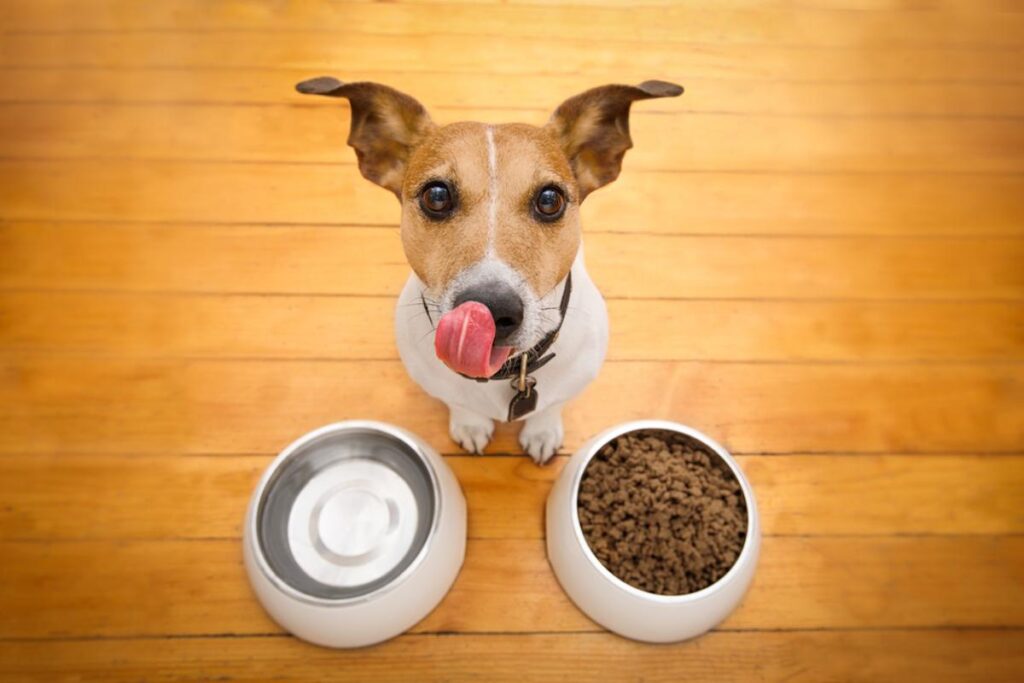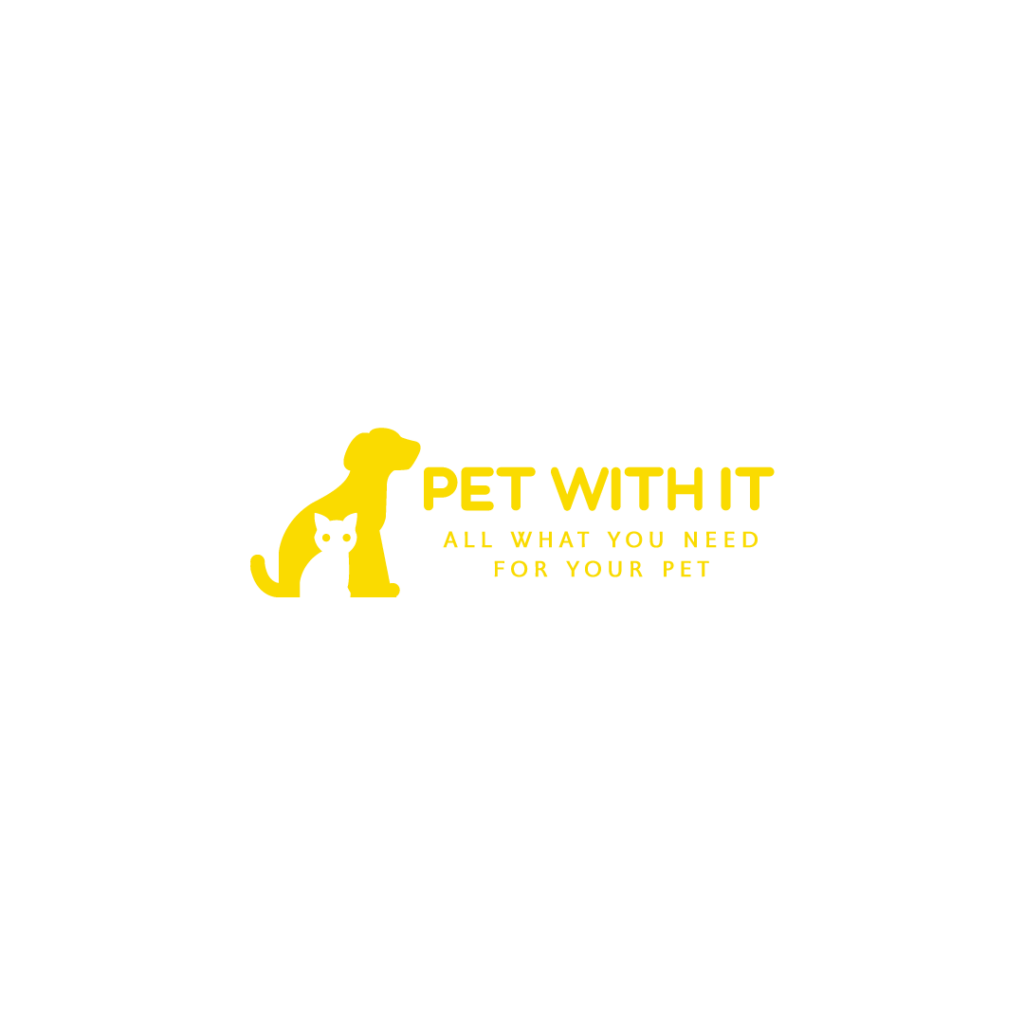How Much Food Should I Give My Dog

Our furbabies grow by the day, and that’s the reality of a pup’s growth. In the first few months in our pups, growth is constantly changing, but not done in an abrupt manner. How much food should I give my dog? And how often should they eat? These are some of the most common questions we get from new pawrents
Know how much food your dog needs to eat and learn what kind.
Let’s go through a few topics and answer these few questions of yours.
- How long does my puppy have to wait until he can eat again?
- Type of food that my dog needs to eat daily
- What is the proper diet for dog?
- What dog food is the best?
But, YOU should stop reading this and contact your vet if your puppy is not eating enough, or has lost its appetite!

A GUIDE TO ALL THE THINGS A DOG NEEDS FOR THEIR DAILY DIET
A puppy’s food and nutritional requirements depend on the breed. Larger breeds will require more food than small breeds, while more active breeds will need to eat more than bigger dogs.
The reason many people have switched to having feeding recommendations based on weight is that it takes size into account.
There is typically a chart on the back of your dog’s food bag that should be referenced. You will not be 100% accurate, but it is a good place to start if you are not sure how much food to offer them. Confirming with your vet is also advisable.
Get in the habit of training your dog and rewarding them with a high-value treat.
Good dog treats come in the form of freeze-dried pieces and should be kept at around 10% of their total daily calories. If they are healthy, low-calorie then they will last longer and serve as a repetitive reward.
Puppies eat as much as adult dogs, but in smaller proportions. To maintain their growth rate, it’s important to give them small meals often The time intervals that a puppy needs to eat will increase as he gets older until the intervals are so far apart that the puppy is nearly an adult.
Your dog should still be given puppy-specific food for the first three to six months of its life. This food typically decreases to three feedings per day during this stage.
Adjusting your dog’s feedings can take one to two months, during which time the frequency will move from four to two times per day. Adult food may be introduced after six months.
After 1 year, most people feed their dog two even meals. If your veterinarian advises a different timeline, follow their directions.
Slowly transition your puppy to an adult diet by giving them less of the old food and more of the new. Give your dog this much of the new food, that much of the old food, and have a snack.

HOW TO CHANGE YOUR DOG’S DIET
Slowly transition between eating three and two meals a day by cutting some food out of the least often meal and then adding more to the others. Change your dog’s eating habits gradually, starting 10-15 minutes later or earlier for each meal.
Dog owners may worry that their pups are eating too much or too little, but the good news is they’ll tell you if that’s an issue. You can tell if your child is full by how they behave.
If your dog won’t eat, they may be picky and need a change in food. Consider adding a topper like Canine CarryOvers to the top of their dish for some flavor and nutrition! Sometimes a sudden change in appetite can be related to an illness, but if it is drastic, call your vet.
Read our guide on how to find the best veterinary clinic in Dubai
There are foods specially designed for dogs of many different types – infants, large breeds, those with food sensitivities, and more. Make sure to find the right dog food for your dog’s needs.
If you are a numbers person, or just want to know the definitive way of knowing how much your pup is eating, you can chart their growth by weighing them daily (or a few times a week). You can weigh yourself, then step back on the scale while holding your puppy – the difference between the two numbers is their weight.
You can use weight charts to ensure your dog is getting the correct amount of food, while it’s growing.
Read our guide on how to find the best dog trainer in Dubai
Let us know if this blog helped you with your pawrent journey, share with us your experience by commenting below!
For more furry destinations, the latest blogs, events, and providers you can stay updated by signing up for our newsletter or by visiting our website and Instagram and read our Q&A forum!

